
LA Noire: The Complete Edition Review
There’s a reason why we opened this review with a Film Noir monologue, and it wasn’t to show off that we’re really proper writers (although if you’d like to commission us for your next film or HBO series, please get in touch).The reason for the fancy intro was to show what it’s like to play LA Noire, as every time you go to a new location, you’re treated to an overly grand cutscene exposition shot. This is cool the first few times around, but imagine if we’d done a bit of fancy intro text for every paragraph of this review: it would get tiresome quickly. Worse still, if you fail a mission, you have to watch the entire cutscene again – a major problem if you’re a die-hard completist.
In fact, the fundamental gameplay of LA Noire gets tediously repetitive with alarming speed. Watch cutscene of mishap, watch briefing from Chief of Police, walk to car, drive to location of crime, talk about crime scene, walk around crime scene looking for clues (which are marked for you already), talk to coroner, talk to witnesses, drive to new location, watch cutscene of location, talk to person, look for clues, talk to person again (presenting evidence as appropriate), walk to car, drive to new location. Practically all you do is direct your character from one cutscene to another.
Star Wars Episodes I-III are boring largely because the plot happens in dialogue and LA Noire is no different. It's largely a game of watching characters sit and talk to each other, with some short bursts of barely interactive action in between. The dialogue doesn't have the snappy back and forth conversations of Mass Effect either; it's slow and staid. You watch Phelps ask a question and the interviewee respond, and every five minutes or so you might be offered the chance to press a button to say whether you think the interviewee is truthful, doubtful or outright lying. If you think the latter, you have to present a piece of evidence to support your claim.
The way that you ask questions and present evidence is a lovely game mechanic – you select entries from your notepad, giving the impression that you’re poised, pad open and pen ready, as you ask. However, the MotionScene technology that powers the character animations isn’t quite there yet, so interviewees are either incredibly unsubtle as they feed you lies – looking left and right shiftily while rubbing their hands – or they don’t give you sufficient visual clues to predict what they’re thinking at all.
Coupled with this is the one-time-only question asking, which can lead to stupid things happening. In one case we wrongly convicted a man whose innocence we were able to prove, but there was no way to bring this up from the notebook. The heavily scripted nature leads to some odd closing cutscenes too – in one mission we fluffed a final interview so badly that it was a complete surprise when the Chief of Police congratulated us on uncovering a paedophile. Equally, there are plenty of times when there are two pieces of evidence that would seem to prove a lie, but if you don’t select the right one, you don’t unlock the next bit of dialogue, and thus potentially miss out on a new clue or location.
Then again, it’s easy to go to the locations in the wrong order and not have the evidence for an interview yet. It’s tricky to gauge the order in most cases. Sometimes you’re punished for not going straight to a prime suspect’s location, while at other times you need to go elsewhere to collect the evidence with which to accuse them.
Not that any of this matters; the game won’t let you fail via poor interview technique. In one situation we’d completely stuffed up a final interview with a suspect to the point where we hadn’t a clue how to close the case. The telephone icon had appeared on the map though, so we rang it (just because we could). We then watched as Phelps came up with some question we had no idea about, and was then given damning evidence against the person we’d just interviewed, so we could then go back and nail him.
We can’t knock the ambition of LA Noire, and the MotionSense technology certainly makes game characters look much more realistic without the need to install a rendering server in your home, but the game lacks fun. LA Noire aims to makes you feel like a real-life police office, but real-life police-work is actually quite dull. It’s boring to walk around a crime scene looking for clues, it’s dull to sit down and talk to witnesses about what they saw and who did what. This is the tedium of the job, and it’s LA Noire's main focus – Cluedo is more engaging.
-
Overall60 / 100


MSI MPG Velox 100R Chassis Review
October 14 2021 | 15:04

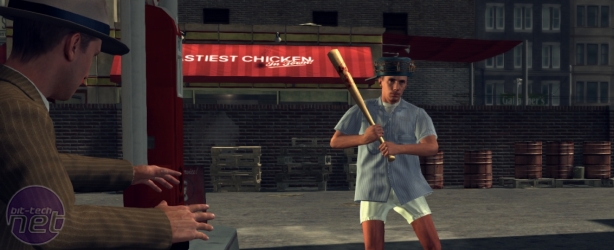
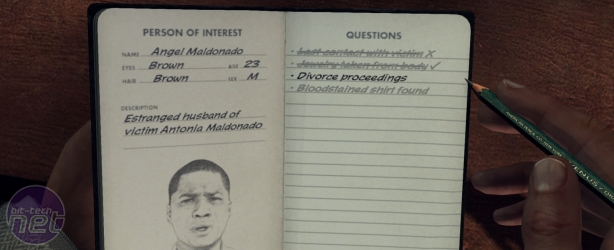
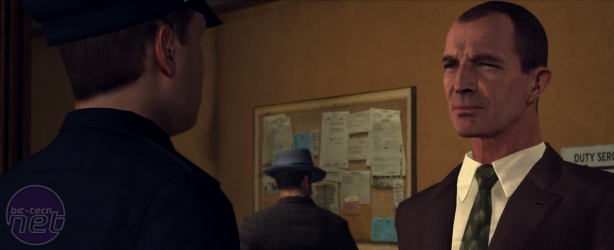
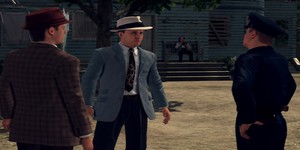
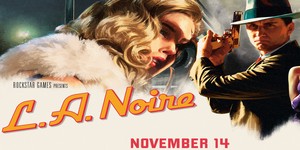






Want to comment? Please log in.